How to meditate? How to learn meditation and easily use it in our daily lives?
Meditation is a powerful tool for increasing concentration, relaxing the mind, and achieving higher levels of awareness. While it has ancient roots, ongoing scientific research continues to uncover new and exciting facts about its benefits. Regular meditation can play a vital role in controlling emotions, promoting concentration, and improving communication with others. Its purpose is to calm the mind and eventually lead you to a level of inner peace where external problems become less significant. With various methods available, it’s essential to explore different approaches to find the one that works best for you. In this article, we will explore some helpful tips on how to meditate effectively.
How to meditate?
1- Choose a quiet place
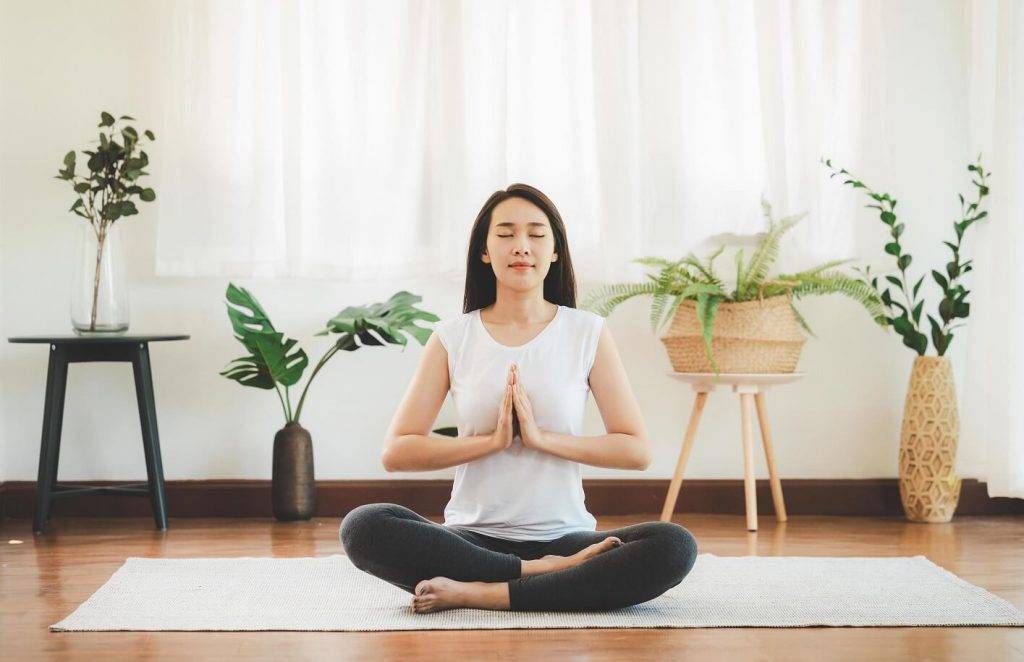
It is best to meditate quietly, pleasantly, and without human disturbances or strange noises.
You should meditate in a quiet place. A calm environment allows you to focus and focus on a particular subject, and you will also be away from all the worries and distractions. Choose a place where you can stay away from distractions while meditating. No matter where you are, there is no problem as long as you are free and comfortable and have your own privacy.
- For beginners, you should avoid any distractions while meditating. Turn off your phone or anything else that might be bothering you.
- If you want to play music while meditating, you should use soft and repetitive songs. White sounds will also be appropriate, such as the sound of water or nature.
- Minor ambient sounds are not a barrier to meditation, and you do not need to listen. Staying focused while listening to sounds is one of the most important goals of meditation, which should be very carefully considered.
- Meditation in the open is very useful and will work for most people, provided you do not choose crowded and roadside environments. For example, soft grass or under a tree is a good place to meditate.
2- Wear comfortable clothes | how to meditate
One of the main purposes of meditation is to calm the mind and distract. It will be very difficult to achieve such goals if you do not wear comfortable clothes. So it is better to wear loose clothing and take off your shoes.
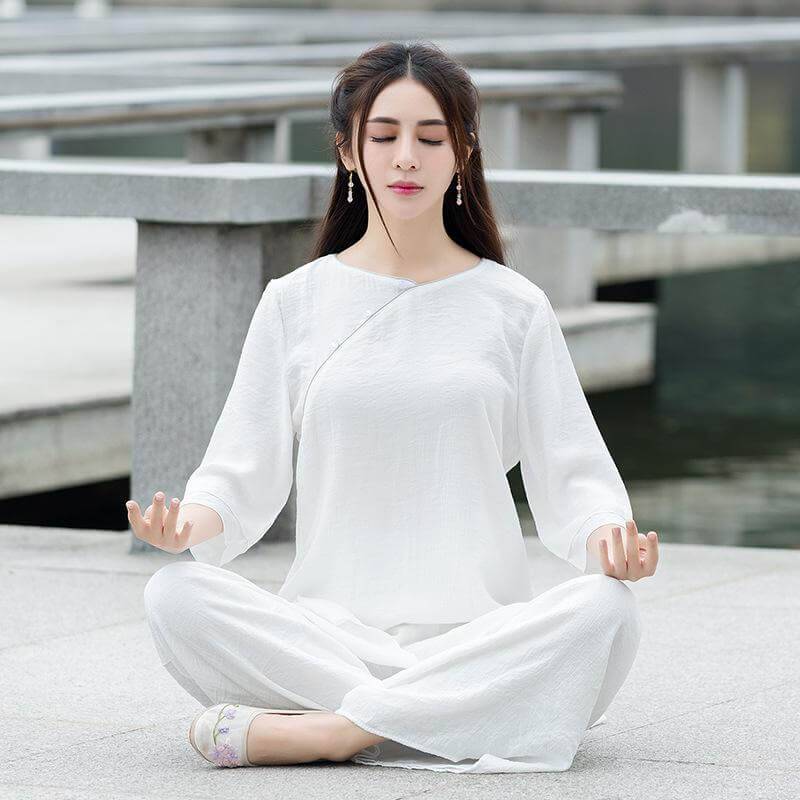
- If you are meditating in a cool place, it is better to wear warm clothes such as sweaters and make sure that the cold does not bother you.
- If you are in a place where you can not change clothes, it is better to just take off your shoes.
3. Specify the time needed for meditation
There are many questions about how to meditate and when I need to meditate successfully.
Before you begin, you need to determine the time required for meditation. While professionals recommend approximately two 20-minute periods a day, 5 minutes a day is enough for you who are new.
- Maintain your time frame when starting work and continue it and do not sacrifice it for other things. You may not be very successful at first, but you should try to get it to the best of your ability.
- Set a meditation time for yourself. Follow a specific pattern daily and do not disturb it. For example, you can use an appropriate and quiet announcement or you can also use sunlight. For example, mark a specific point on the wall and start meditating when the sunlight reaches the marked area.
4. Do stretching exercises before meditation
You usually have to sit still for a certain amount of time while meditating, so you must relax your body before meditating. A few minutes of exercise and stretching will be fine and will help you stay focused.

- Remember to stretch your neck, shoulders, and back. If you are sitting behind a computer, it is better to stretch your legs so that you do not have any problems in Lotus mode.
- If you do not know what to do, be sure to do a little yoga before meditation.
5. Sit in a comfortable position
How to meditate if we do not consider a suitable situation for our meditation. Therefore, it is very important to sit quietly and comfortably while meditating. So find the right position before you start. Normally, when meditating, you should sit on a large pillow in the lotus or half-lotus position, but if you feel that your body is not flexible enough, it is better to find a more appropriate position. Try to sit straight and balanced.
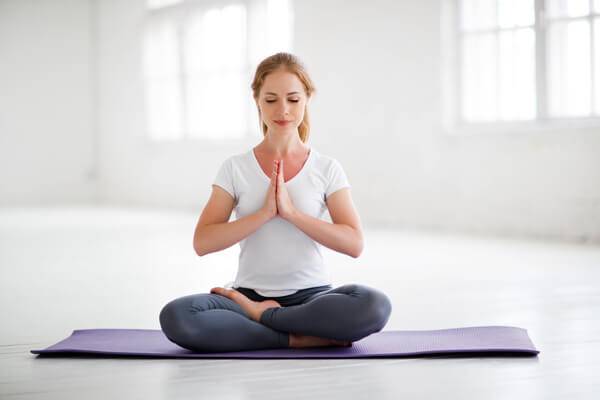
- If you wish, you can use a suitable pillow or even a chair.
- When sitting, bring the pelvis forward enough so that the spinal cord is in the center of the seat bones (the bones that lie on the floor when you sit). You can sit on the edge of a cushion to put your pelvis in the correct position, or if you are in a chair, you can use a mat.
- A meditation bench can also be used. These benches have a slope to the front and are special for this purpose, but if the bench you are using is not sloping, you can create a necessary slope between 3-4 cm by using a mat. Finally, you have to make all the necessary changes to create the best situation for yourself.
6. How should our body be to meditate?
Everyone can have a certain physical condition to feel comfortable. You may be comfortable in a chair or lying on the floor. But try to find the easiest situation. The most common posture is sitting on all fours with a straight back. In this position, your neck is facing forward and straight. Your hands are on your thighs and your feet are tightly wrapped around your body. These are not required. You can even meditate as you walk.
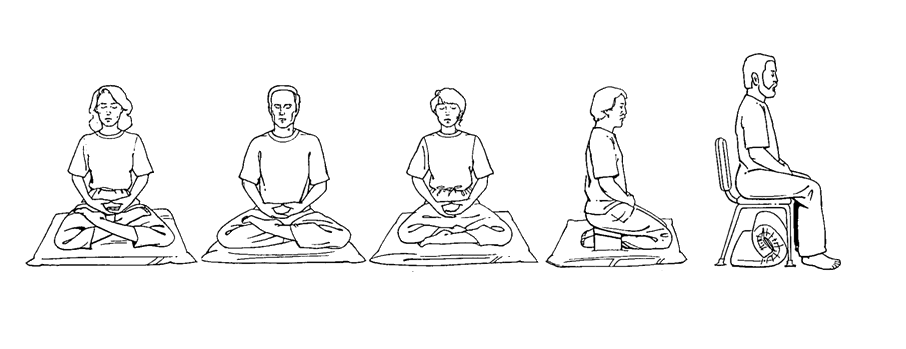
- Over time and after several exercises, you will find out which is the best and most suitable position for you. Of course, whenever you feel tension, try to work on that part and release the tension, but if you can not do anything, you should reconsider your sitting position and find the right position.
- The most important thing is to have a flat and balanced upper body so that the spine will be able to fully support the weight of the body.
- Traditionally, the hands are placed on the feet. Palms facing up and right hand on the left hand, although they can be placed on the knees or hung from the sides of the chair.
7. Find and select your focal point
Your focus depends on what you relax most with and whether your mind is visual, audio, or tactile.
For example, if the sound is more attractive to you, you can use phrases or words that calm you: peace, love, sky, bird, trees, etc …!
In addition to these words, you can also use emphatic and positive sentences: “I am in a comfortable state” or “There is nothing to worry about, I am calm and comfortable“. If you do not want to say anything, you can use the sounds that are already recorded with beautiful sounds and are also available on the Internet. Just search.
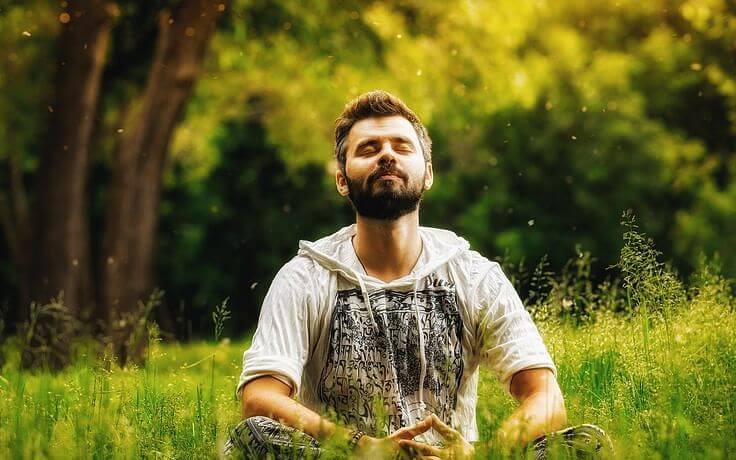
If your mind is more visual, visualize your favorite place in nature with your eyes closed or stare at the object in front of you: a lighted candle, a flower, a photo, a picture of someone you love, and so on.
One way to observe breathing is to count it: inhale in three to seven numbers and use the same distance to exhale. Then simply observe your breathing, watching your natural rhythm and the movements of your abdomen and chest.
It is best not to change your posture and the methods you choose during meditation. Whenever you find something that you are extremely comfortable with, go for it.
At first, you may lose focus several times, but do not despair and keep going. Eventually, you will reach a point where you will no longer be distracted by these conveniences.
How to meditate in 10 minutes
Movie Source: BRIGHT SIDE
How to meditate if we are distracted?
If you find yourself getting distracted during meditation, don’t worry – it’s normal, especially if you’re just starting out. Try to bring your focus back to your breath and continue meditating. With practice, you will find that distractions become less frequent. Even experienced meditators may sometimes struggle with daily thoughts and lose focus, but this is okay. When this happens, simply refocus on your breath to help eliminate distractions. Remember to be kind and patient with yourself as you learn how to meditate. It’s important to meditate regularly, even if you can only spend a few minutes each day at first. Over time, you can gradually increase the amount of time you spend meditating.
A good 7-step solution for how to meditate?
To know how to meditate, we must do these 7 steps well:
1- Relax your body parts with breathing
Our mind, body, and breath are perfectly connected. Relax your body and control your breathing with a few deep breaths to start calming your mind.
Meanwhile, the parasympathetic nervous system is activated and as a result, the stress will be lower than normal. That is why in yoga, body shape and breathing are the main pillars.
When sitting on a pillow or chair or the floor, take three to five deep breaths (inhale through the nose and exhale through the mouth). Do this very slowly and deeply.
Tail: Put yourself in the present.
Inhale: Relax your body and release your muscles from contraction and pressure.
Pay full attention to the air entering, relaxing your tongue, jaw, and facial features.
2- A happy mind!
Our brains are amazingly designed to avoid pain and seek relaxation, so be sure to use positive thoughts before meditating and focus on good and soothing memories.
Then you send a message to your brain that everything is safe and there is no reason for restlessness and stress.
When your brain is happy and focused, it naturally calms down and harmonizes. After relaxing the mind and body, be sure to pay attention to the third rule that the mind is happy and follow these steps:
Find a reason to be thankful for life and think about it.
Think about meditation and meditation (if you have already done so)
Tell yourself everything is safe.
Feel good about spending your time strengthening, calming, and healing your mind.
If you believe in God, you can say a short prayer before meditation and be thankful to your Lord.
You know that you have the capacity for love and affection in your heart, and sending love and affection to others can make you feel beautiful before meditating.
You can also meditate in a quiet place away from distractions to meditate. If you can not find such a place, you can use headphones and non-verbal music to focus more on meditation.
3- Have a commitment
Take a few minutes to start focusing and see the amazing change in this rule with your own eyes.
For example, you can calmly and kindly say to your mind:
For the next few minutes, I will just focus on meditation, for me, it is nothing to think about and nothing to do. My beautiful mind, please do not disturb me in these moments. I will now begin deep meditation
Calmness is the key to this rule, and it is very important how you meditate. As Swami Rama says:
I will do it, I have to do it, and I can do it.
This is the key to focusing on meditation. If you feel that you do not have enough concentration or calm enough to start meditating, there is no problem. Get started, with a few practice sessions you can get your focus and attention to start meditating. You will gradually become a professional meditator.
4. Do not worry about distractions
During meditation, it is very important not to judge yourself and not feel bad that you can not meditate and you will be distracted. These thoughts are very harmful and harm the meditation process.
Learn to be kind to yourself during this deep meditation. You have been teaching your mind for years to be distracted and to withstand the onslaught of different thoughts, so you need to give your mind time to adjust to its neatness and concentration. Be calm and kind to yourself.
5-Enjoy focus
It happens when you are deeply immersed in deep meditation and reach the peak of your concentration. Remember to be happy and enjoy the moment you are calm, stable, and quiet.
The mind is designed to seek pain and pleasure. Constantly look for good memories and bad memories in your brain and engage yourself with different thoughts. Train your mind to enjoy concentration, this joy of happiness increases as you begin to concentrate and increase it.
According to the Buddha, pleasure and happiness are two of the five pillars of complete meditation. The more you learn to enjoy focusing, the less your mind becomes restless about the small and big things happening around you.
This is a very important and instructive exercise on how to meditate. Enjoy those moments when you are at the peak of complete meditation and feel its joy with all your being.
6-Come back slowly
When the time for meditation is coming to an end, go back slowly, not open your eyes immediately. Keep your mind calm and gently shake your fingers and then your hand. Then open your eyes.
This relaxation in return helps you to have the feeling of relaxed meditation at all hours of the day.
7-Write down your feelings and experiences and make a book out of it
We strongly recommend that you write down your feelings and experiences from the meditation you have done. This exercise will allow your experiences to be fully recorded in your mind and not be erased from your mind like a mere dream. Write a few questions and answer them.
- How to meditate? Did I do the meditation correctly?
- How did I feel?
- How was my mind during deep meditation?
- How many times have I been distracted, and what was the reason for the thoughts?
- Write and write to be recorded in your mind forever.
Frequently Asked Questions
To meditate, find a quiet and comfortable place, sit down with your legs crossed or in a chair, close your eyes, and focus your attention on your breath. Whenever your mind wanders away, gently bring it back to your breath.
It is recommended to meditate for at least 10–15 minutes every day, gradually increasing the duration of your sessions as you feel comfortable.
Although it is possible to meditate lying down, it is generally recommended to sit upright with your back straight to avoid falling asleep and to promote alertness and focus.
One effective technique is to focus on your breath and observe it without controlling it. Whenever thoughts or distractions arise, simply acknowledge them and gently bring your attention back to your breath.
Start by setting aside a specific time and place for meditation every day, and gradually increase the duration of your sessions as you feel comfortable. You can also use guided meditations or apps to help you establish a regular meditation practice.
Conclusion :
This article provides 7 easy steps on how to meditate. Firstly, start by relaxing your body and focusing on your breath. Then, try to bring happy memories to your mind to enhance your meditation experience. Next, increase your concentration by focusing on one thing at a time. Don’t worry if your mind wanders, simply bring it back to your meditation. Remember to capture any sweet or soothing moments that arise during your meditation. When you’re finished, slowly come out of meditation mode and take time to reflect on your experience. By following these steps regularly, you can become more comfortable with meditation and experience its benefits. The meditation steps were summarized as follows:
- Relax your body, breathe slowly and keep yourself in the present.
- Make your mind happy with good and fun memories.
- Increase your concentration.
- Do not be discouraged by the distractions between meditations.
- Capture the sweet and soothing moments in your mind.
- Slowly get out of meditation mode.
- Write your experiences of this deep meditation.


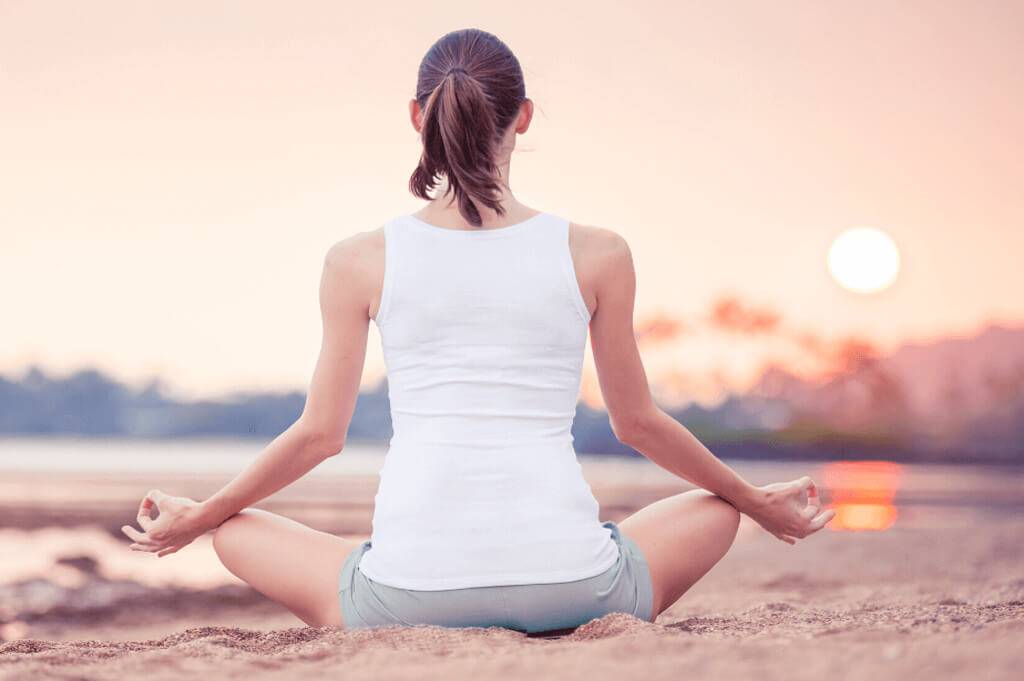
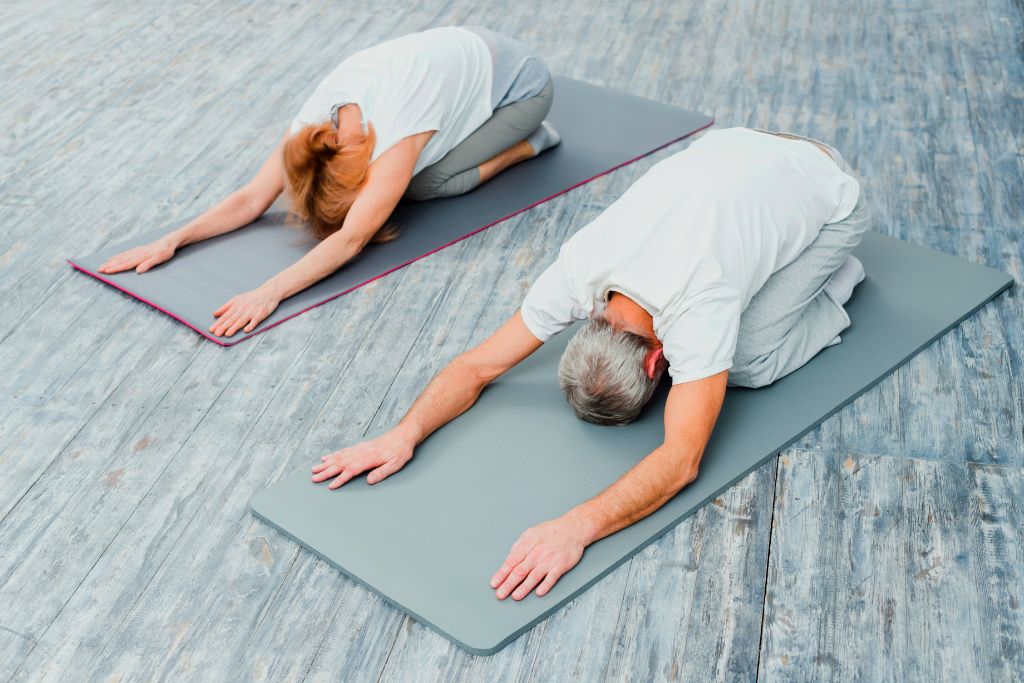
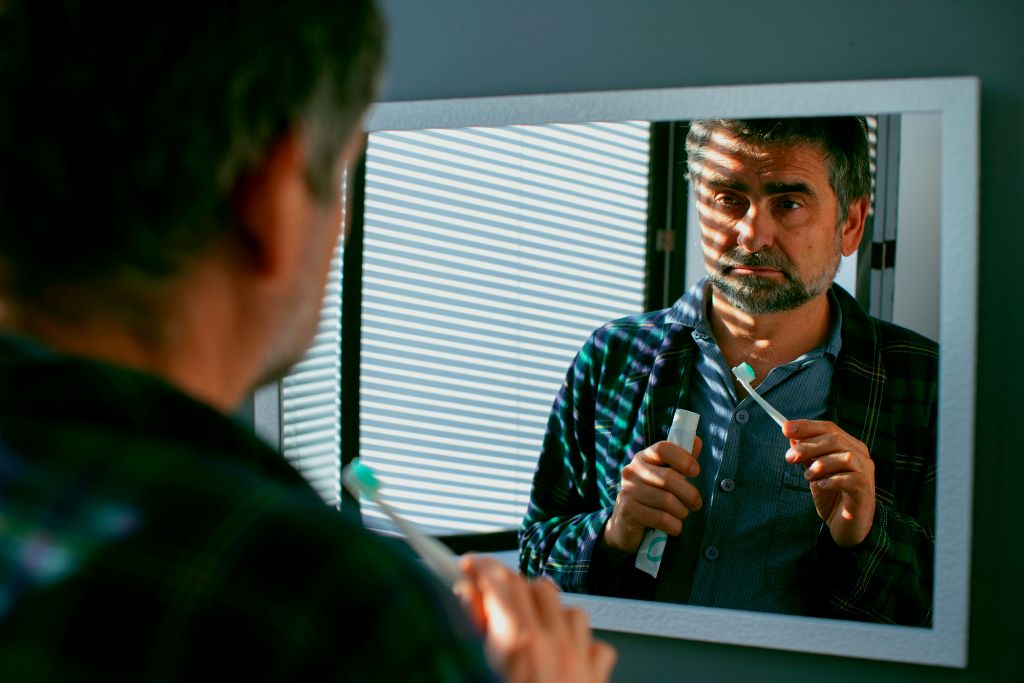
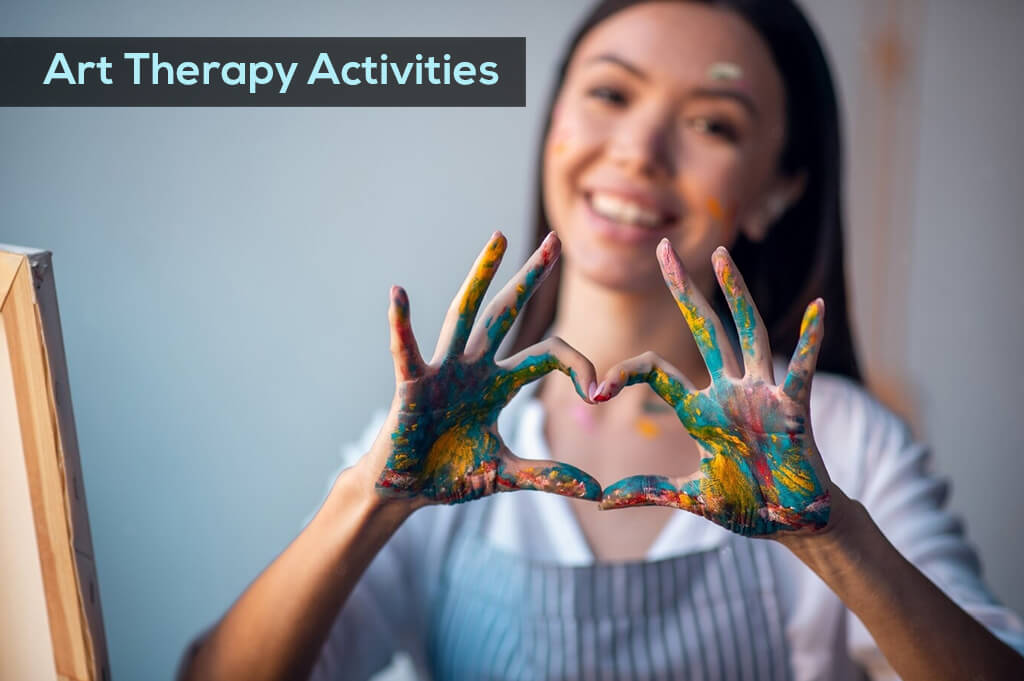

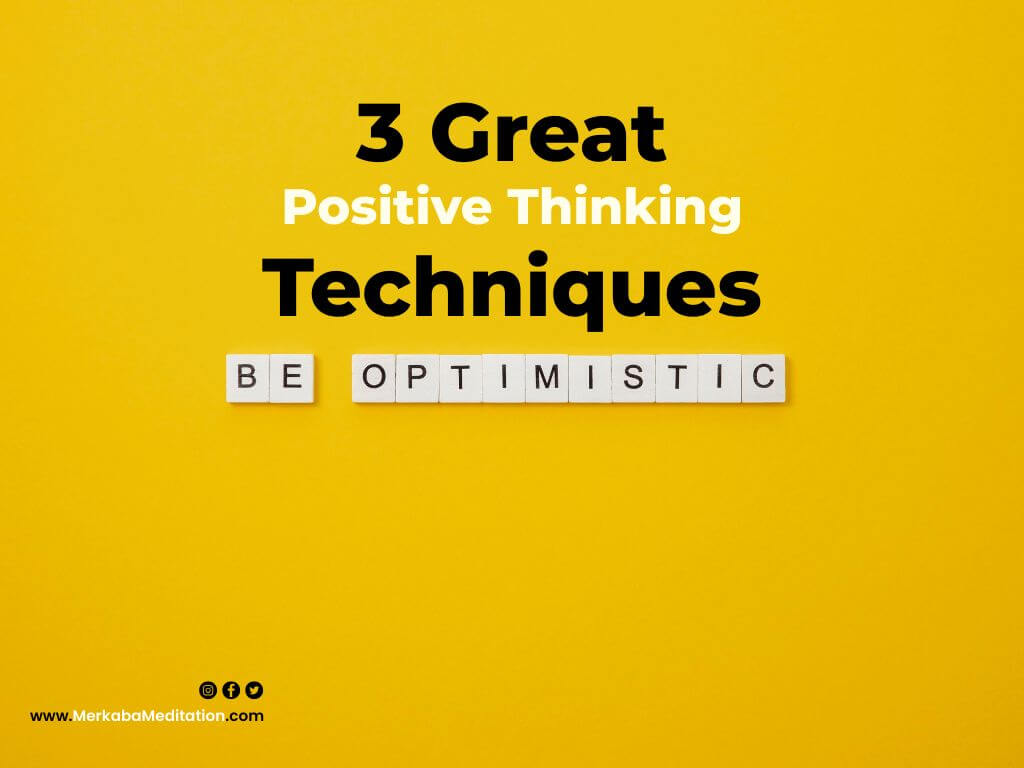


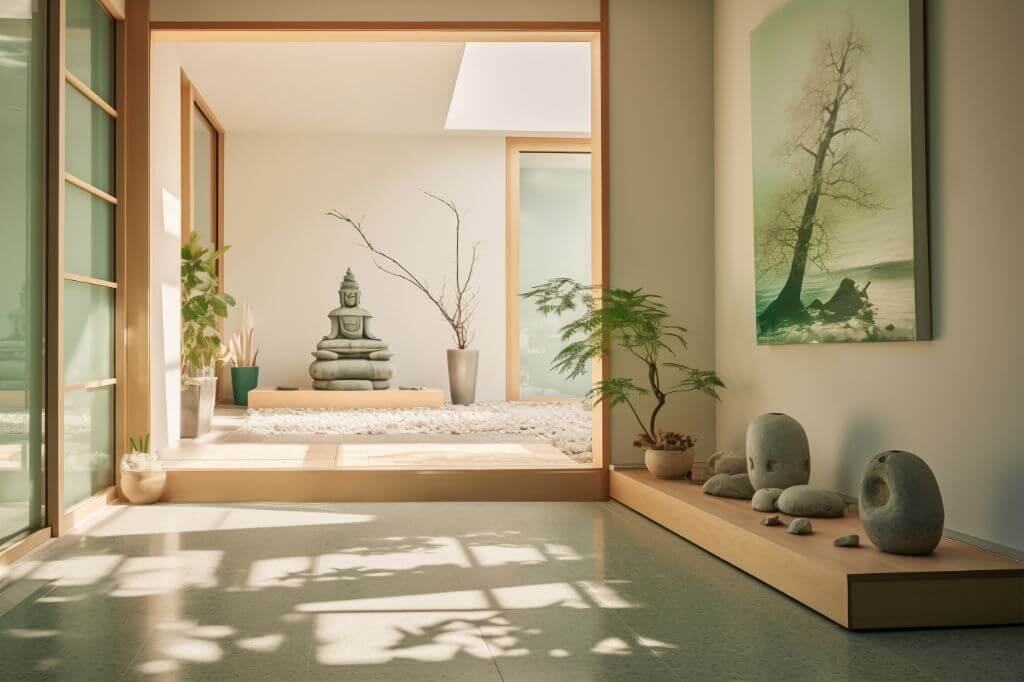
4 Comments. Leave new
I’m new to meditation, and your beginner’s guide was perfect. Thanks!
You’re doing great as a beginner! We’re glad our guide was helpful. Keep exploring and experiencing the wonders of meditation!
your beginner’s guide was perfect
You’re doing great as a beginner! We’re glad our guide was helpful.